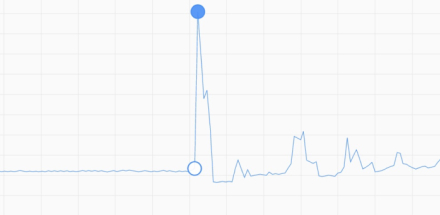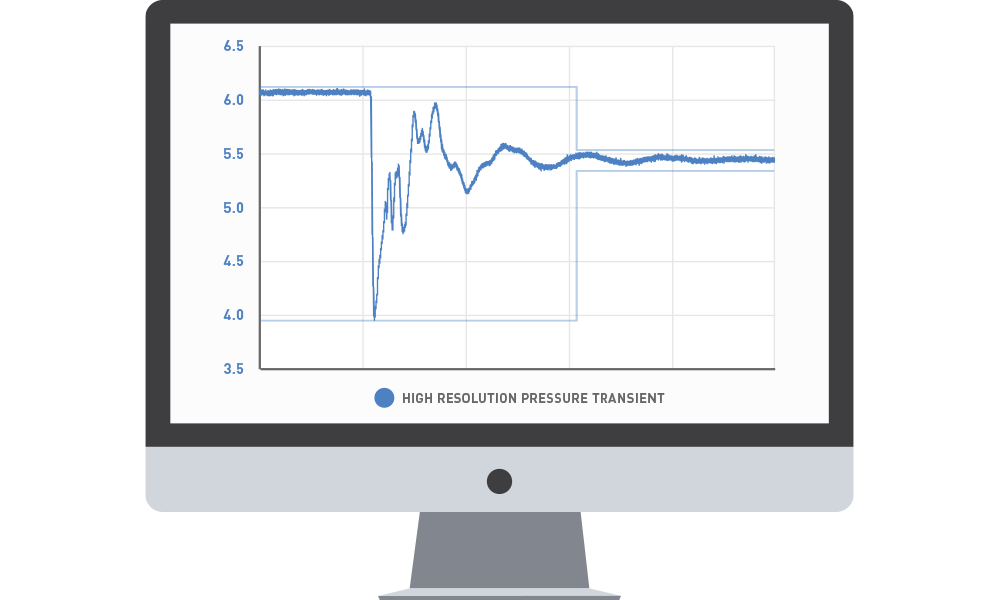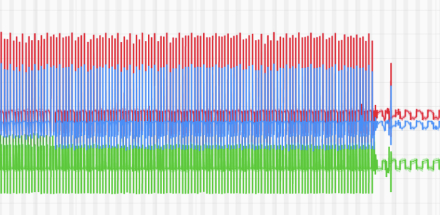
Network calming in practice
A combination of our technology and analysis ensures a smooth-running network
The removal of large transients and frequent pressure oscillations calms down water networks and in turn reduces the number of asset failures
A structured approach to monitoring identifies the sources of pressure transients, so they can be reduced or removed.
Syrinix offers a complete service encompassing the planning and deployment of PIPEMINDER-ONE sensors and the collection, assessment and analysis of hydraulic data. We will work with you to make recommendations for remedial actions and ongoing operational works, based upon actionable data.
This approach can reduce pipeline failure rate, leakage and ultimately extend asset lifetimes.

Typically, a 10% reduction in pressure can deliver a 10% leak reduction and 14% burst rate reduction. Syrinix can identify the source of transient problems on your network and suggest mitigation strategies to reduce them.
It is estimated that in the UK, each water company loses one in five of every litre of water gathered, cleaned and treated through leakage.
Commonly known as ‘water hammer’, transients are short-lived pressure waves delivering fast changes in the pressure of a pipe in water networks.
Usually caused by network operations such as closing a valve or sudden pump shutdowns, transients are proven to damage pipes and assets as they propagate through the network causing leakage and bursts.
If transients can be detected and identified, network operations can be altered; valves can be closed more carefully, pump shutdowns can be modified which in turn will reduce the negative side effects and damage caused to assets.
Contact us to discuss how we can help to give your network a 'health check', and read our case studies to understand how we have helped utilities worldwide.


A combination of our technology and analysis ensures a smooth-running network

Syrinix helped to deepen the understanding of the impact of transient events within trunk mains.

A pilot project was implemented to discover how pressure transient monitoring could be used to localise network events.
Leave your details and we will be in touch.